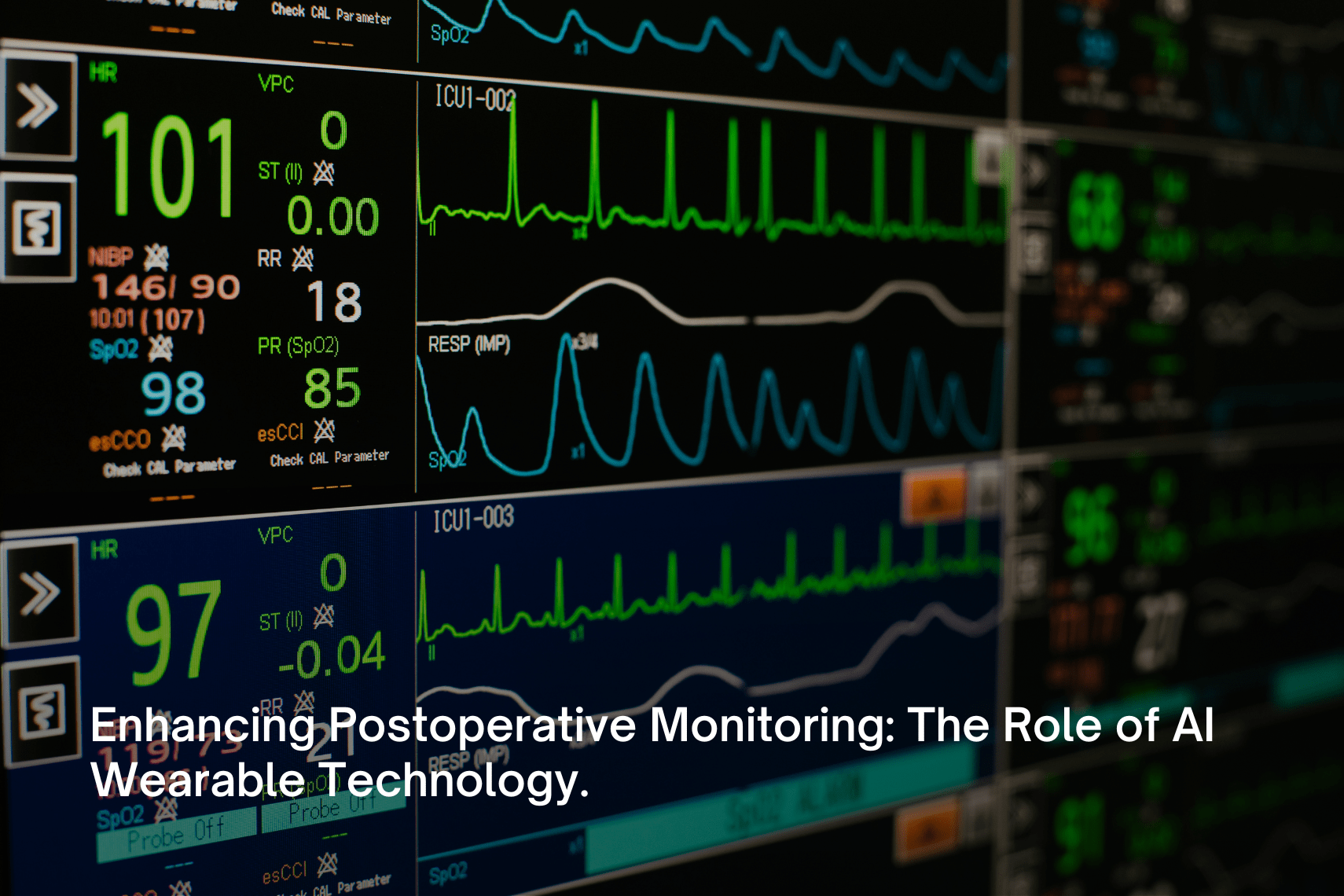
The worldwide use of surgical treatments is increasing, with approximately one in ten people undergoing a surgical procedure each year in high-income countries. Following discharge, patients must take charge of monitoring their own recovery. However, this self-observation can lead to missing critical complications. Over 10% of patients over 45 years old experience postoperative complications, often requiring readmission and associated with increased mortality. These major complications include postoperative pain, joint clicking, and other subtle signs. Proper postoperative monitoring is crucial to ensure optimal recovery and prevent adverse outcomes.
These major complications include:-
- DEEP VEIN THROMBOSIS
Deep vein thrombosis (DVT) is a common complication following knee surgeries. Bed rest and prolonged immobility after the surgery increase the risk of blood clot formation. This clot can cause pain and inflammation locally or travel through the veins to the lungs, resulting in a potentially life-threatening condition called pulmonary embolism. Postoperative complications are common, often occurring after discharge.
- POST OPERATIVE FEVER
Fever is defined as the body temperature of more than 37°C or 98.6F. Fever is a very common symptom post operatively which in most cases indicates an underlying infection. Infection of the wound site by the microorganisms commonly the bacteria such as Staphylococcus aureus, Streptococcus or Pseudomonas. The human flesh provides a good medium for these bacteria to grow producing infection giving rise to fever and delaying the wound healing process. The post operative fever is can be managed with over the counter medications such as paracetamol or acetaminophen.
- POST OERATIVE WOUND INFECTION
Post operative wound infection is a common factor delaying the wound healing process. The incisional sites provides a breach to the skin which is an excellent barrier to the entry of various microorganisms and makes the body vulnerable to the infections. As mentioned above these infections manifest as fever, mucopurulent discharge from the wound sites, wound or incisional site dehiscence etc. With the better equipped and improved sterilization procedures it’s uncommon for the infections to occur intra-operatively. Improper post operative care of the wound and infrequent change of dressings is a leading cause of them.
These infections can be managed by proper dressing of the wound with local application of the antibiotic gels or taking oral antibiotic medications.
- NERVE INJURY
In a human body lies a complex network of thousand of nerves which connects to the muscles and provide mobility to the body.
Any injury to the nerve often leads to numbness tingling sensation and spontaneous disability of the muscles function which is supplied by the nerve. Foot drop, Erb’s paralysis or Klumpke’s palsy are some examples of nerve paralysis following surgeries. If not intra-operatively then post operative proper monitoring is crucial to identify the nerve injuries and manage accordingly.
- SCARS AND CONTRACTURE
Scarring and contracture is a common complication following any operative procedure. The contractures lead to pain on movement and reduced mobility of the affected joint. These are managed by releasing the contractures and may require a re-operative if extensive and unable to manage through medications.
All the above mentioned points lead to one big conclusion : POST OPERATIVE MONITORING IS THE NEED. And here comes the in hand use of AI enabled wearable technology such as Fitknees which keep a proper track of the patients post operative records and acts as a bridge between the patient and the doctor. With this technology it’s easier and accurate to compare and correlate the improvement of the patient’s post operative status. For instance following a knee surgery it’s important to track the range of motion and it’s progress with time for the benefit of the patient and ease for the doctor for further management.
Also the AI enable technology can give a good estimation to the doctor about the need of the surgery and if it could be managed conservatively or not. If the patient is not ready for the surgery we can keep a track of the knee joint condition and the progression of the disease giving a good prospective to the doctor about the knee health and a good ground to convince the patient incase he absolutely needs surgery.
In short this AI enabled technology helps you to know about the status of the knee health, the progression of the disease, the need for the surgery and provides a track for the post operative recovery of the patient.
To know more about the fitknees and how AI helps click on the link https://ashva.xyz/ .
